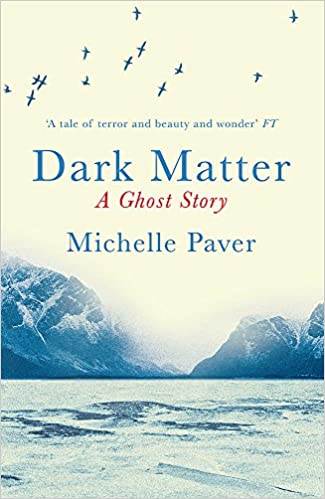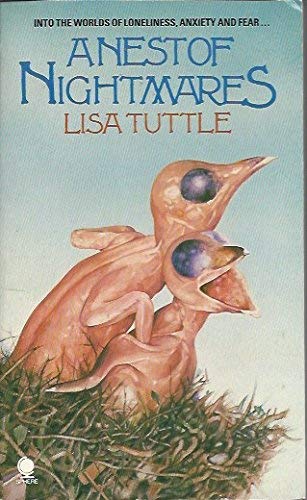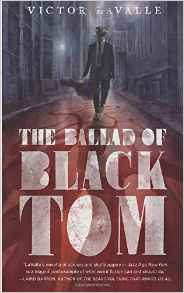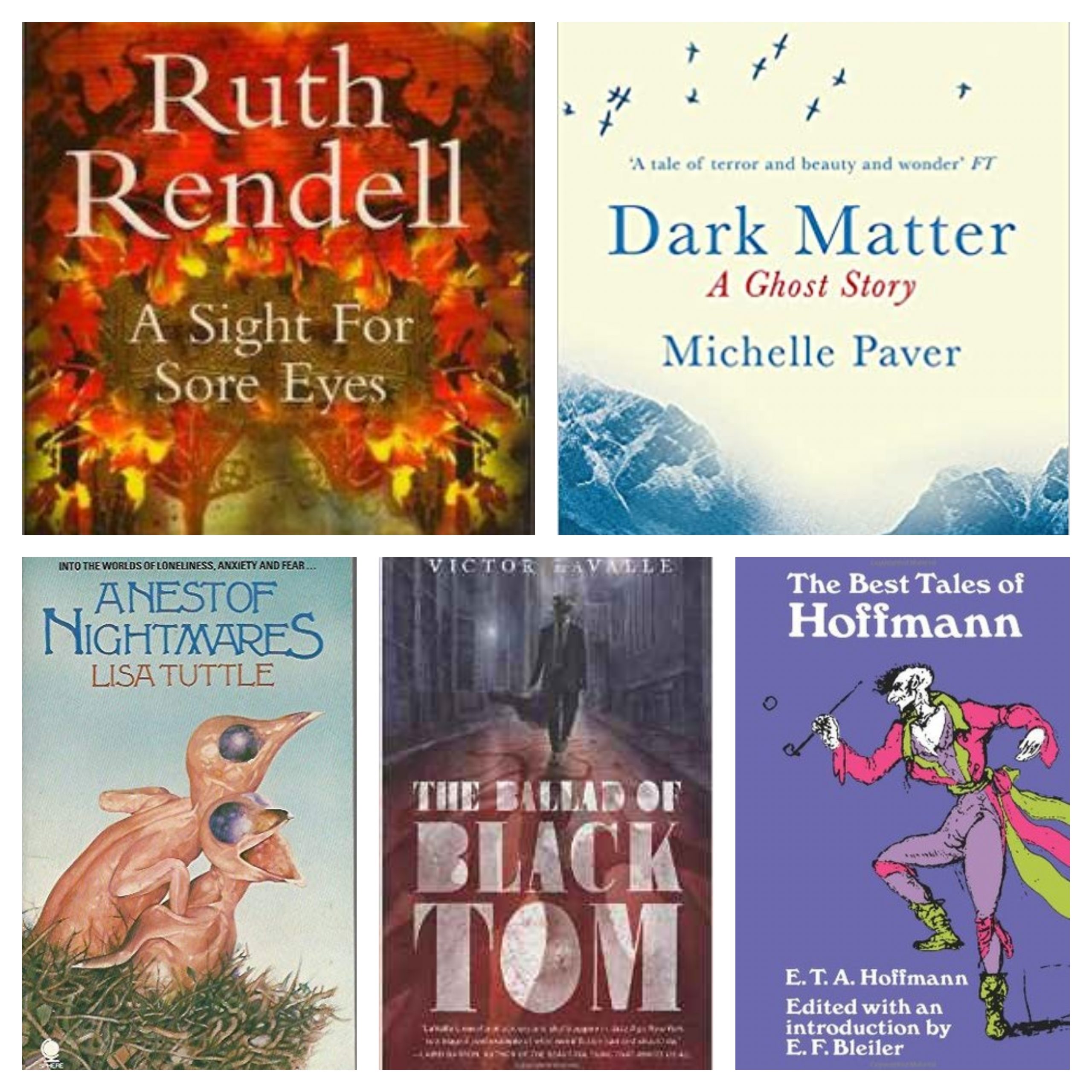In this enticing installment of this seemingly neverending series I’ve gotten myself into we have a delightful back o’ books. First a deliciously dark psychological thriller in the guise of a love story from noted mystery author Ruth Rendell, then we settle in for a cold night out with Dark Matter before diving into a wonderful and diverse collection of nightmares courtesy of Lisa Tuttle. That’s followed by Victor Lavalle’s superior re-imagining of Lovecraft’s racist “The Horror at Red Hook” before we wrap things up with an early purveyor of the weird, E.T.A. Hoffmann.
For those just joining me, this is my journey through the following “Best of” Horror lists:
Reedsy Discovery Best Horror Books
Stephen Jones & Kim Newman’s Horror: 100 Best Books
Stephen Jones & Kim Newman Horror: Another 100 Books
If you want to check out my previous entries, they can be found here:
Part 17 | Part 16 | Part 15 | Part 14 | Part 13 | Part 12 | Part 11 | Part 10 | Part 9 | Part 8 | Part 7 | Part 6 |Part 5 | Part 4 | Part 3 | Part 2 | Part 1

A Sight for Sore Eyes (Ruth Rendell, 1998)
List: Jones/Newman
Teddy is an emotionally detached young man who grew up in a shit household with neglectful parents. He admires things a great deal but has never cared much for people, that is, until he espies Francine. Francine is a doe-eyed, sheltered young woman who lives with her father and smothering stepmother Julia. Francine was once traumatized from seeing her mother’s murder, and Julia has kept her incredibly close to the vest ever since then. Harriet is an aging beauty living in a luxurious, expansive mansion with a distant and detached husband who has grown tired of her and vice versa. How does she factor into the proceedings? Suffice it to say, Teddy is willing to go a long way to get the things he wants.
Oooh…. I liked this one a lot. Rendell is perhaps most well-known for her series of Inspector Wexford mysteries, but in between those, she has been known to put out some dark and nasty little thrillers like this one. The book certainly takes it time in building the characters and setting pieces in motion so gradually you don’t even notice until it all comes colliding together into a damn near perfect and devilishly twisted ending. While there are certainly aspects of this that could have been cut down on, particularly in the back story of some of the characters that ultimately don’t play that major a role in the pivotal events of the book, it still becomes quite engrossing and as it goes on with a strong sense of character motivation and rationale. While it’s hard to tell what Rendell’s intentions were here, I really think the final act of the book has an incredibly dark sense of humor to it in how neat and tidy the little coincidences pile up. Definitely recommended if you like a grimdark character study that takes its time.

Dark Matter: A Ghost Story (Michelle Paver, 2010)
List: Reedsy Discovery
Jack Miller sets off on an Arctic expedition for a year with a couple of guys from Oxford University, one of which, Gus, he’s a tremendous admirer of, bordering on obsession by the end. The first ill omen strikes when the sea captain tries to refuse to take them to Gruhuken, but they ignore his pleas and forge on. When Jack is left alone at the eerie and mysterious campsite after Gus takes ill with appendicitis and has to return to a town with better facilities, Jack begins to see things in the snow as he struggled to deal with the harsh conditions and isolation.
This one is something of a Yin to Dan Simmons’ The Terror’s yang. Both are about struggles of survival in incredibly cold, harsh conditions while being plagued with something supernatural. But where Simmons takes the macro view and follows over a dozen different characters who were crew on a major expedition, Paver’s Dark Matter is much more intimate, a first person account structured as journal entries. Both do a good job of fusing creeping dread with wintry desolation, although Simmons may win out just by sheer virtue of magnitude of severity of conditions. Also I do feel like the ending of this one was a little too brief and a little anti-climactic. Still Dark Matter is a well-crafted novel with a nice sense of atmosphere and a very well-fleshed out central character worth checking out.

A Nest of Nightmares (Lisa Tuttle, 1986)
List: Jones/Newman
This delightfully twisted collection of mostly psychological horror stories is just great. It’s rare to come across a short story collection, especially by a single author, that’s solid front to back, and yet Lisa Tuttle brings us one right here. Tuttle has a strong grasp of succinct character building, knowing when to elaborate and develop the internal psyche of an individual and knowing when to keep moving. The pacing, often at a slow burn, is top notch with endings that are as often gut punches as they are slow twists of the knife. Her characters are people of sad, quiet desperation like in “The Nest” and “Flying to Byzantium” with stories that while not visceral are grim and sickening in their own ways. Others like “Bughouse” and “Sun City” are much more grotesque and blatant in their horrors. These two in particular actually remind me of Ramsey Campbell, which is definitely a good thing. Some of the stories like “The Other Mother” and “The Memory of Wood” plumb the depths of motherhood anxiety with ends that will tear out your insides if you’re a parent.
Overall, this is an excellent collection of stories that I thoroughly enjoyed. While a handful of them are more pleasant diversions that outright brilliant, it’s still rare to come across a tome this consistently good.

The Ballad of Black Tom (Victor Lavalle, 2016)
List: NPR
Tommy Tester is a scheming hack street musician who live in Harlem with his dad. Everything in his life changes when a storm of events converge around him. He meets a strange and eccentric old man named Robert Suydam who pulls him into an otherworldly conspiracy of cosmic horror. Meanwhile his father is gunned down by the police for something Tommy did which sends him on a perilously self-destructive path.
Man, this one was really good. This is a kind of re-imagining and elaboration on H.P. Lovecraft’s notoriously racist “Horror at Red Hook” but rather than just following the police detective Malone, we follow and see the perspective of a black man who finds himself entangled in these events. Interestingly, while “Horror at Red Hook” was not a story that tied in with Lovecraft’s Cthulhu mythos, Lavalle is able to tie it in pretty cleverly while still referencing the events of the original story. This novella not only improves and fleshes out the one-dimensional racist caricatures of the original story but improves on the story in a few different ways, widening the scope and creating a very cool character in Tommy Tester. Lavalle’s much more sparse, narrative-driven prose contributes positively as well, avoiding the overly flowery digressions Lovecraft is prone to at times. I definitely recommend checking this one out after reading “Horror at Red Hook”.

The Best Tales of Hoffmann (E.T.A. Hoffmann, 1963)
List: Jones/Newman
E.T.A. Hoffmann was a well-regarded purveyor of early weird fiction that encompassed light-hearted fantasies like “Nutcracker and the King of Mice” (which he is certainly most famous for given its many adaptations on stage and screen) and “The King’s Bethothed”, darker tales of madness and obsession flaked with supernatural and mystical elements like “The Mines of Folun”, “The Golden Flower Pot” and “the Sand-man”, as well as even more traditional romances without a hint of horror or fantasy like “Signor Formica” and “Tobias Martin, Master Cooper, and His Men”. His stories often have digressions unrelated to the main narrative, causing them to turn in odd directions like going from the sinister machinations of “The Sand-man” or the ghost occurence in “Automata” to the mystical sci-fi of the latter parts of both (the living doll in “The Sand-man” actually reminded me of Fritz Lang’s Metropolis). Hoffmann at his best has both a captivating pacing and rhythm with multiple layers of allusions to glean. My personal favorites here include “The Golden Flower Pot”, “The Sand-man” and “The Mines of Folun”, all three examples of the darker side of Hoffmann’s literary output and clear signposts that predicted the weird fiction boom a century later. While some of these stories are too long and meandering for their own good and some of the translations needlessly florid and stifling (which E.F. Bleiler even calls out in the extended introduction), I think Hoffmann’s work is still well worth exploring for fans of fantasy fiction.

